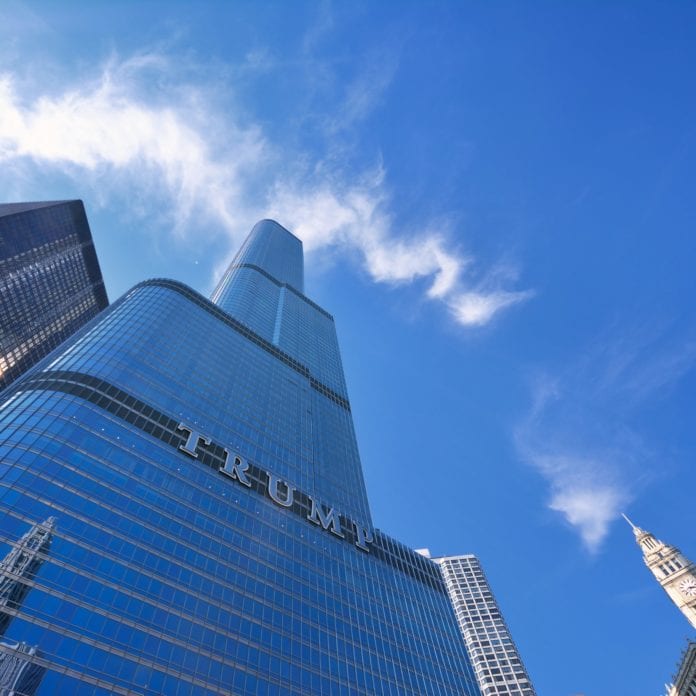Most 5G applications are in-building
LOS ANGELES–Right now carriers are focused on building out 5G outside; serving up next-generation cellular inside buildings hasn’t emerged as a major priority just yet. And that’s a missed opportunity, according to Luigi Tarlazzi of CommScope.
“You look at the details of the specific use cases and you realize that the only use case that is purely outdoor is self-driving cars,” he told RCR Wireless News in an interview during Mobile World Congress Americas. Tarlazzi called out augmented and virtual reality, smart buildings, smart cities, industrial applications and other use cases associated with 5G. “These are either indoor or a mix of indoor and outdoor. How do we solve the challenge of delivering a 5G [New Radio] experience to a user that is basically spending most of their time indoors?”
He laid out three primary challenges associated with in-building 5G: outside-in coverage won’t work with the high-band millimeter wave frequencies being used by U.S. operators; migration from LTE to 5G NR; and monetization of providing in-building 5G.
“How do we solve the problem of trying to do outside-in coverage for 5G NR? CommScope’s vision is to reverse the whole thing—take the approach of inside-out. [Non-standalone] 5G NR is actually based on LTE,” Tarlazzi said. “By definition you also need an LTE signal indoor to also support the 5G NR bands. The point is how do you solve LTE issues indoor and at the same time guarantee a migration path.”
On the business side, as we’ve seen with LTE, carriers aren’t likely to invest in in-building systems, LTE, 5G NR or anything else, for anything but the highest-value marquee facilities like stadiums and transit hubs. That leaves it to neutral host providers, building owners or enterprise interests to invest in their own indoor systems. “The solution has to be flexible enough to support all these business models,” he said.

